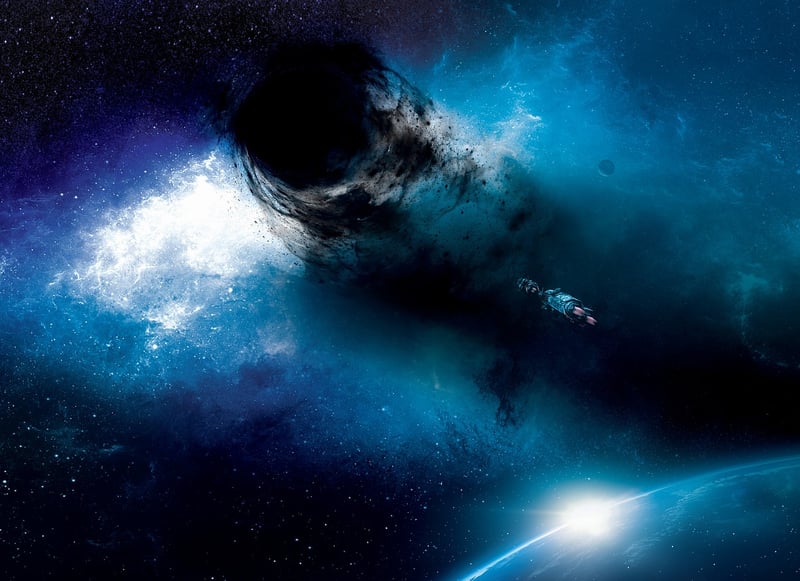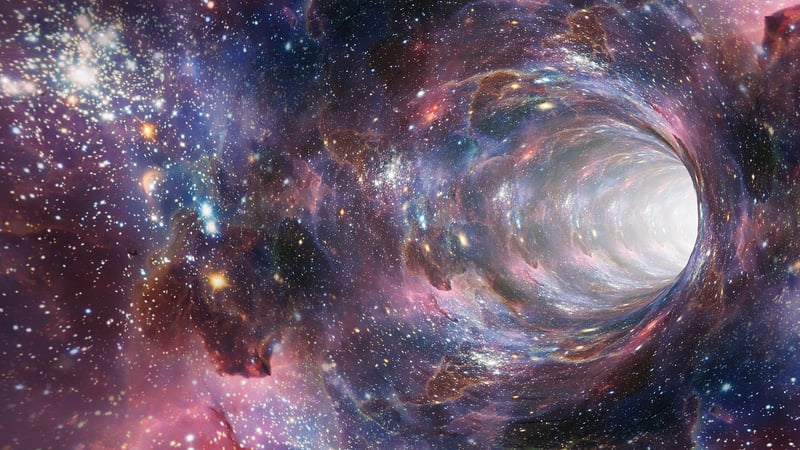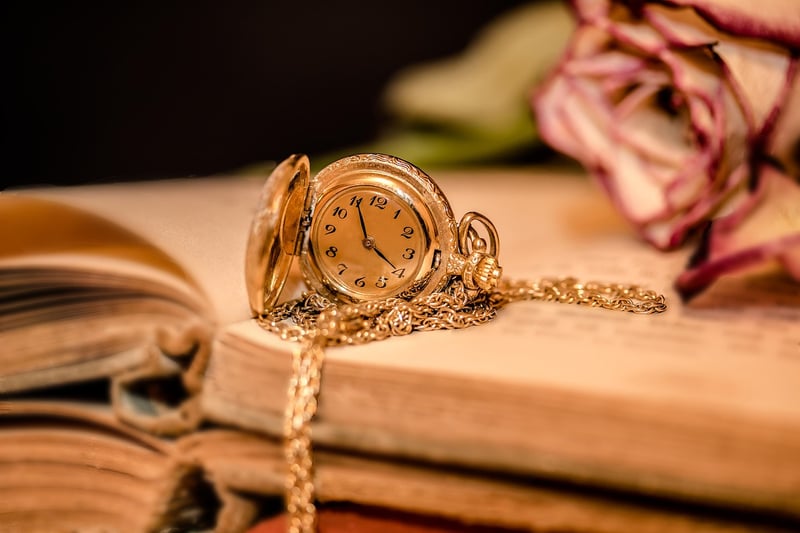Experimental Devices
Tools for Time Travel and Experimental Devices
Introduction
Time travel has been a fascinating concept in science fiction for decades. While the idea of traveling through time may seem like something out of a movie, there are various tools and experimental devices that have been proposed by scientists and researchers to explore the possibility of time travel.
1. Wormholes
Wormholes are hypothetical tunnels in spacetime that could create shortcuts for long journeys across the universe or even allow for time travel. The concept of wormholes is based on the theory of general relativity, although their existence has not been proven.

2. Alcubierre Drive
The Alcubierre Drive is a speculative idea based on a solution of Einstein's field equations in general relativity. It proposes a way to achieve faster-than-light travel by contracting space in front of a spacecraft and expanding it behind, effectively creating a "warp bubble" that moves the spacecraft.

3. Tipler Cylinder
The Tipler Cylinder is a hypothetical object that could theoretically allow for time travel through the manipulation of spacetime. It involves a spinning cylinder that creates a frame-dragging effect, leading to closed timelike curves that could loop back on themselves in time.

4. Quantum Entanglement
Quantum entanglement is a phenomenon where particles become interconnected in such a way that the state of one particle is instantly correlated with the state of another, regardless of the distance between them. Some researchers have proposed using quantum entanglement to transmit information back in time.

Conclusion
While time travel remains a theoretical concept, exploring tools like wormholes, the Alcubierre Drive, Tipler Cylinders, and quantum entanglement pushes the boundaries of our understanding of the universe. These experimental devices open up exciting possibilities for the future of space exploration and the study of spacetime.
